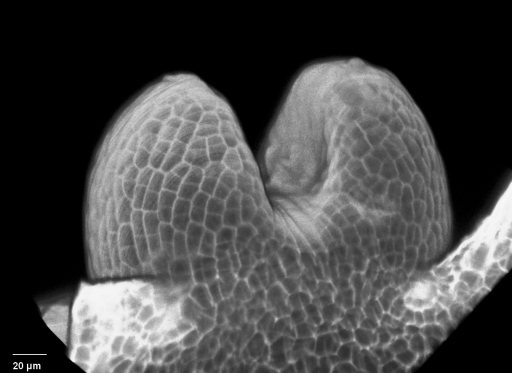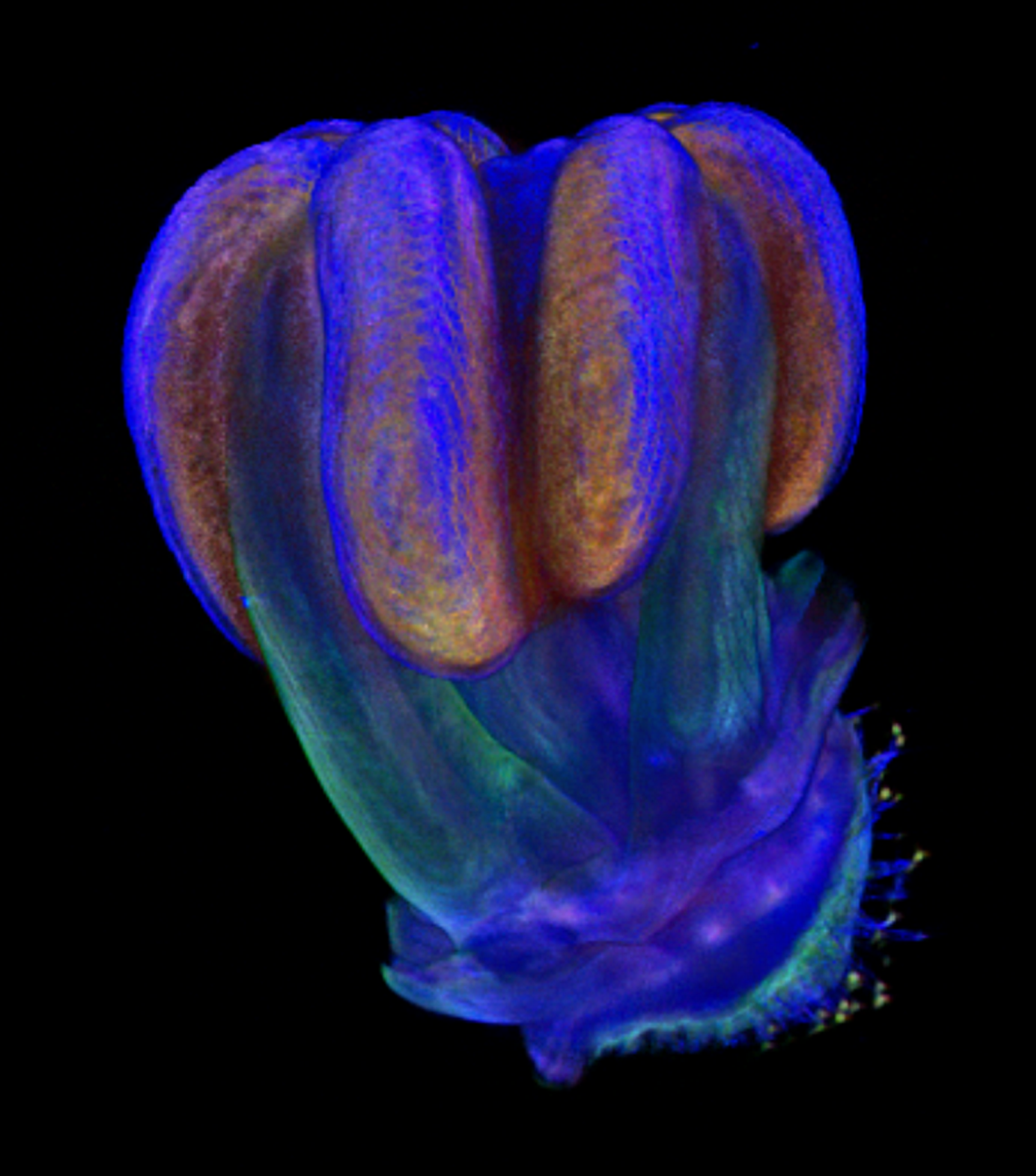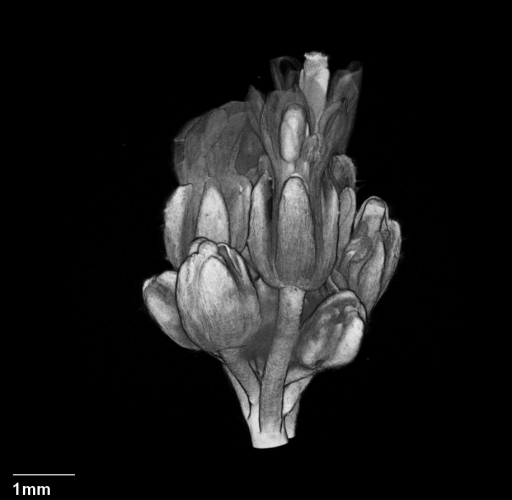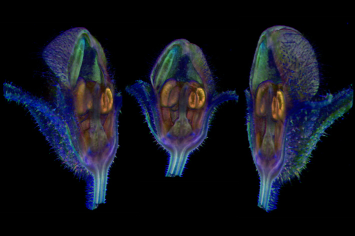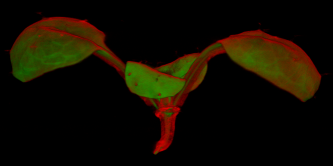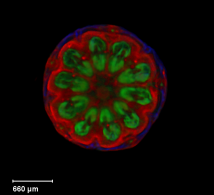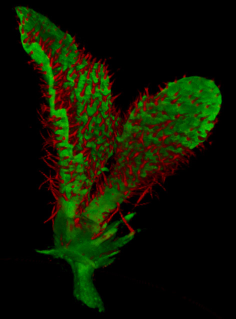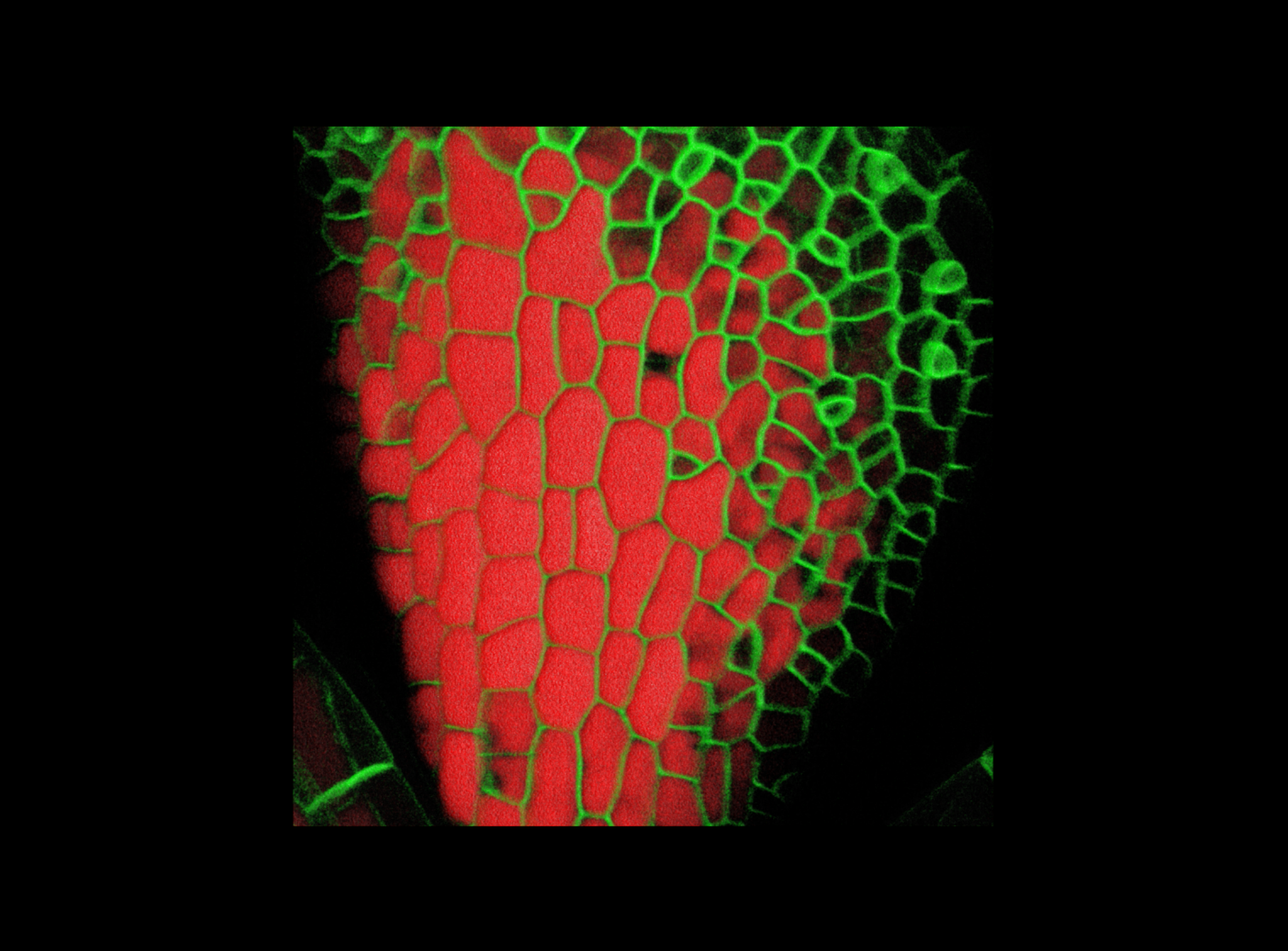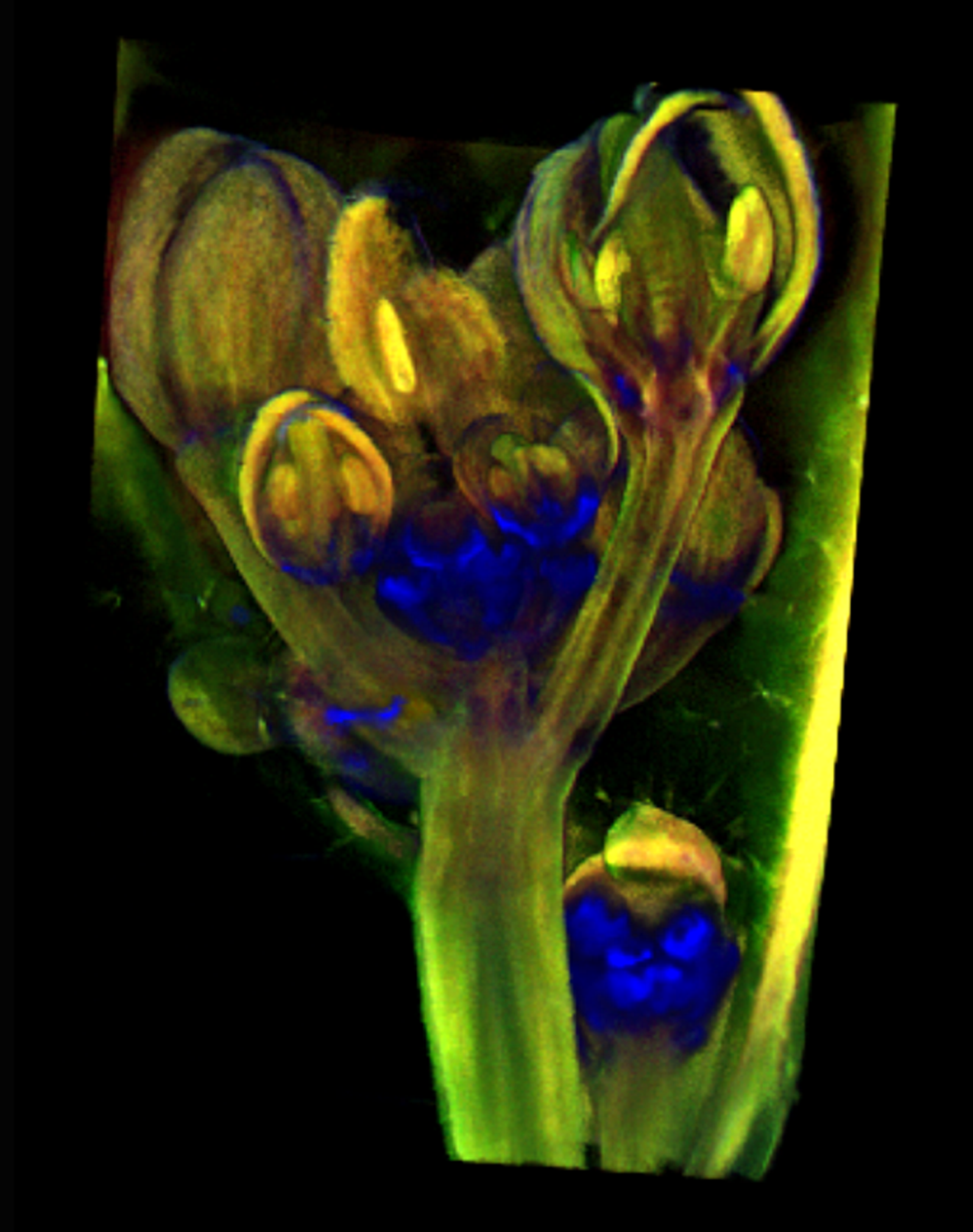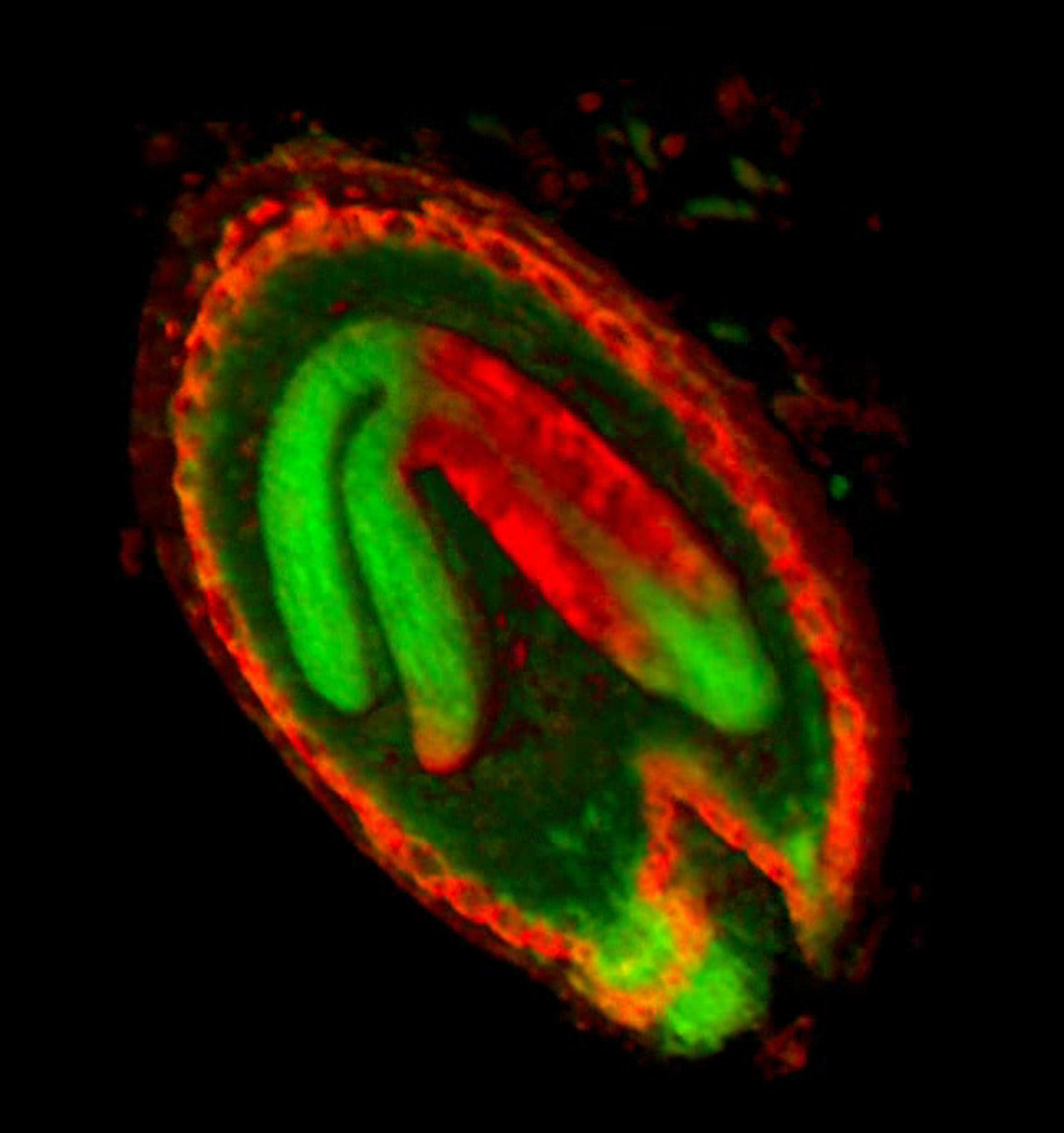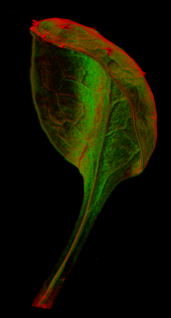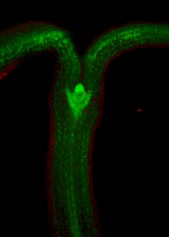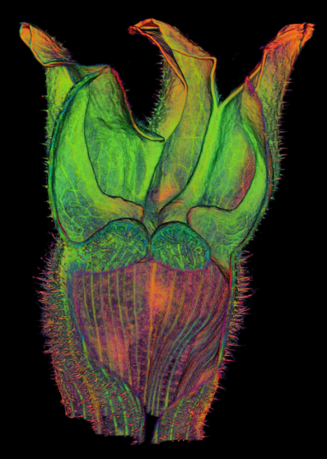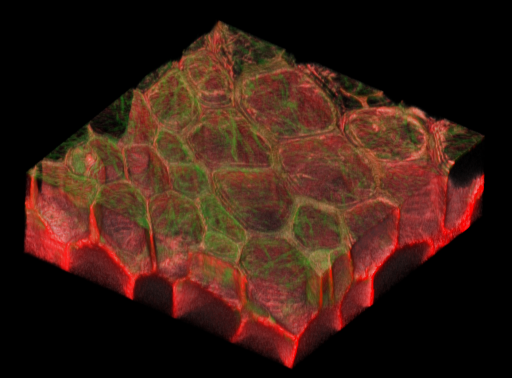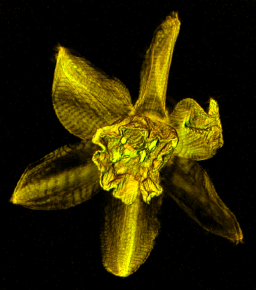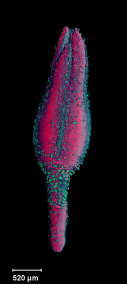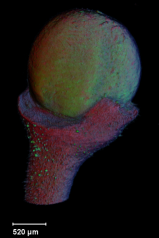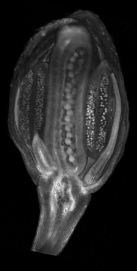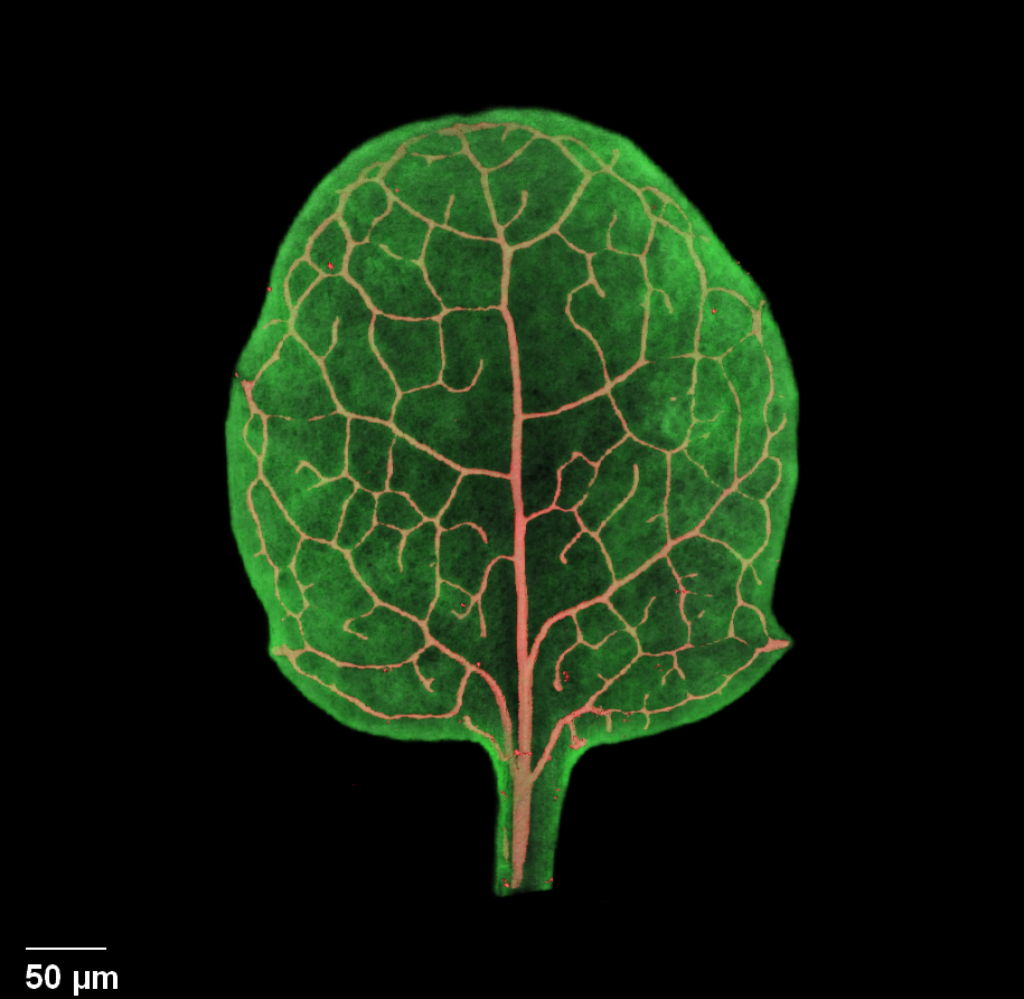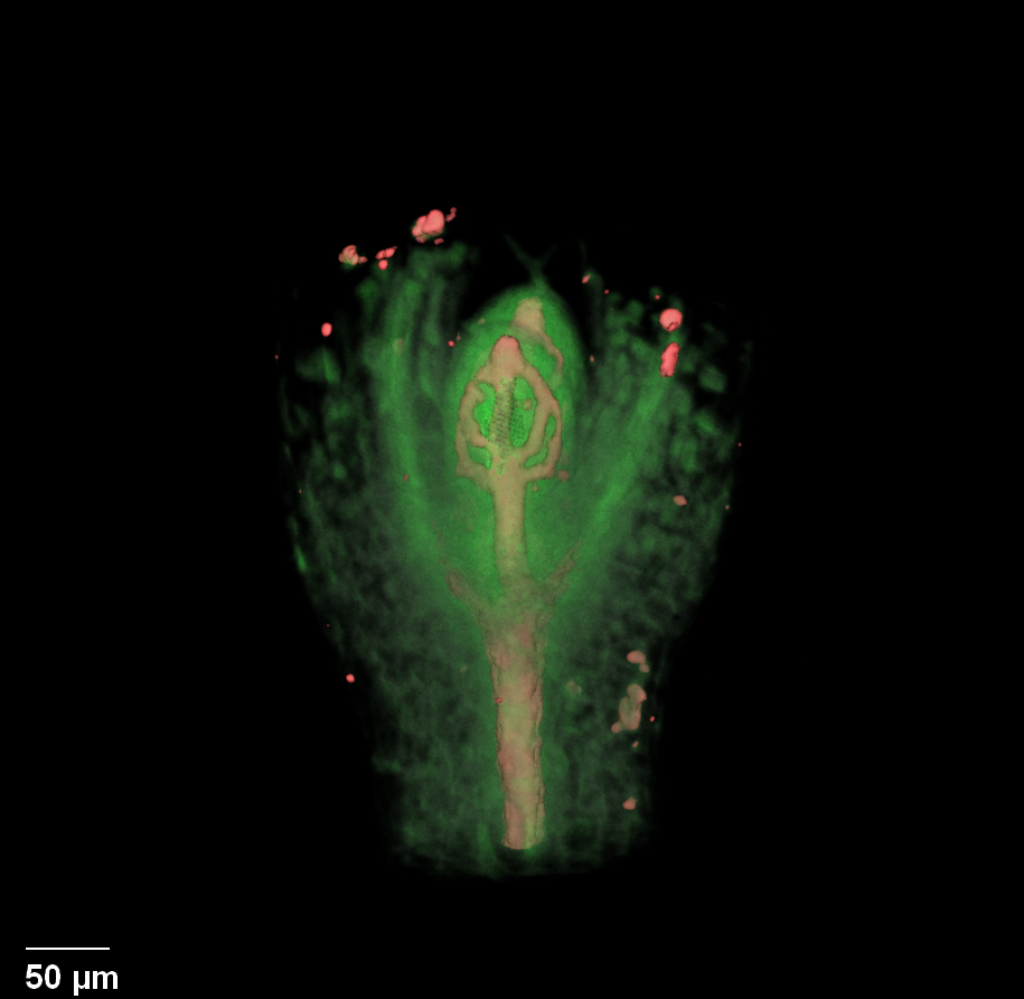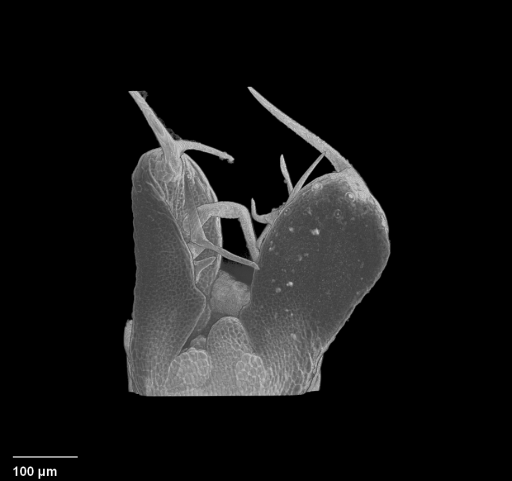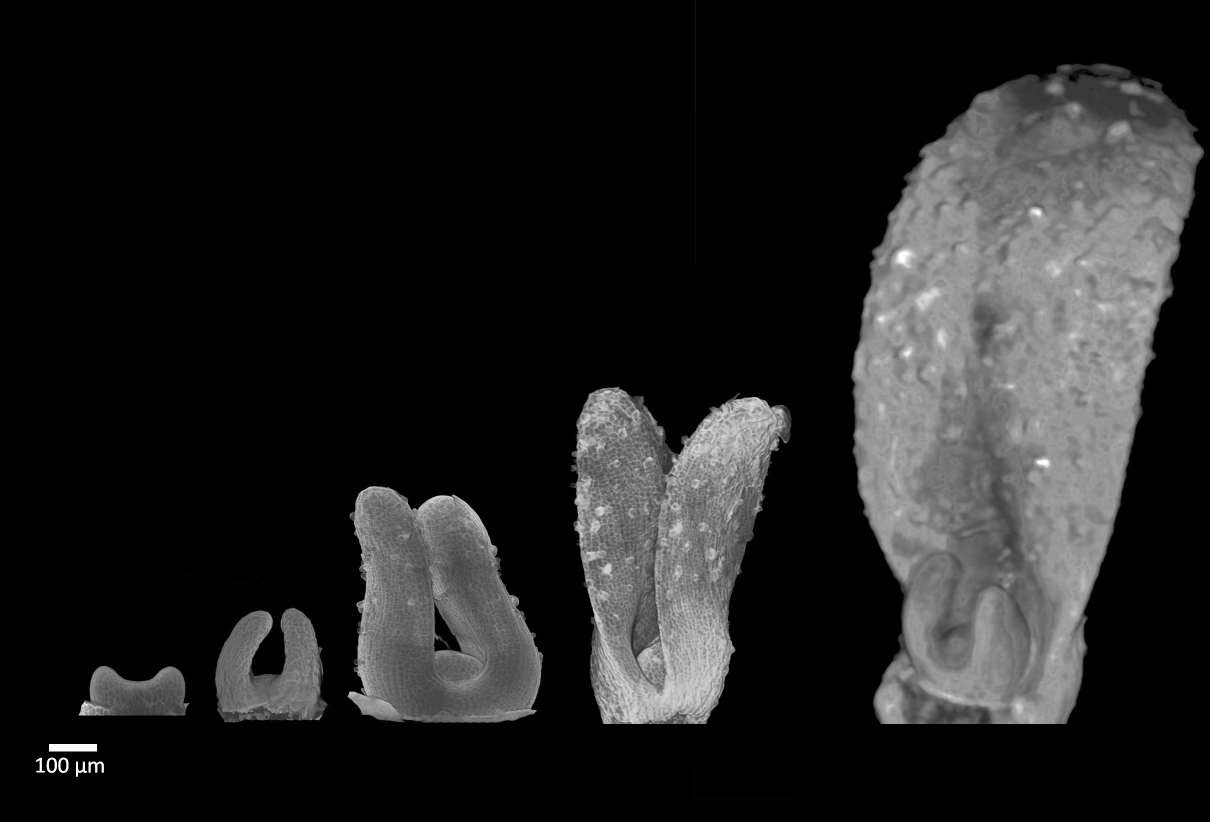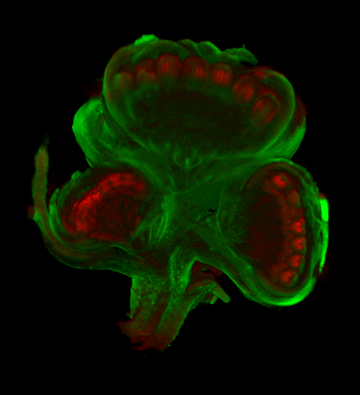VolViewer: Difference between revisions
JeromeAvondo (talk | contribs) No edit summary |
JeromeAvondo (talk | contribs) No edit summary |
||
| Line 53: | Line 53: | ||
Although we try to keep up to date builds these sometimes lag behind the SVN trunk. So if you want the latest version / features, it is best to build the application from the trunk of the SVN. The build system is based on [http://doc.qt.nokia.com/latest/qmake-manual.html qmake] for easy cross platform compilation. | Although we try to keep up to date builds these sometimes lag behind the SVN trunk. So if you want the latest version / features, it is best to build the application from the trunk of the SVN. The build system is based on [http://doc.qt.nokia.com/latest/qmake-manual.html qmake] for easy cross platform compilation. | ||
==OpenGL + Qt + OpenCL + LibTIFF + OMERO== | |||
{| border="1" cellspacing="5" cellpadding="5" style="background-color:#cccccc;" | {| border="1" cellspacing="5" cellpadding="5" style="background-color:#cccccc;" | ||
|- | |- | ||
| Line 60: | Line 61: | ||
| align="center"|[http://cmpdartsvr1.cmp.uea.ac.uk/downloads/software/VolViewerOpenSource/VolViewer.dmg MacOS X (i386/x86_64/10.5+)] | | align="center"|[http://cmpdartsvr1.cmp.uea.ac.uk/downloads/software/VolViewerOpenSource/VolViewer.dmg MacOS X (i386/x86_64/10.5+)] | ||
|} | |} | ||
==OpenGL + Qt + LibTIFF== | |||
*Coming soon. | |||
==Windows Specific Notes== | ==Windows Specific Notes== | ||
Revision as of 15:02, 25 May 2012
What? How? Where?
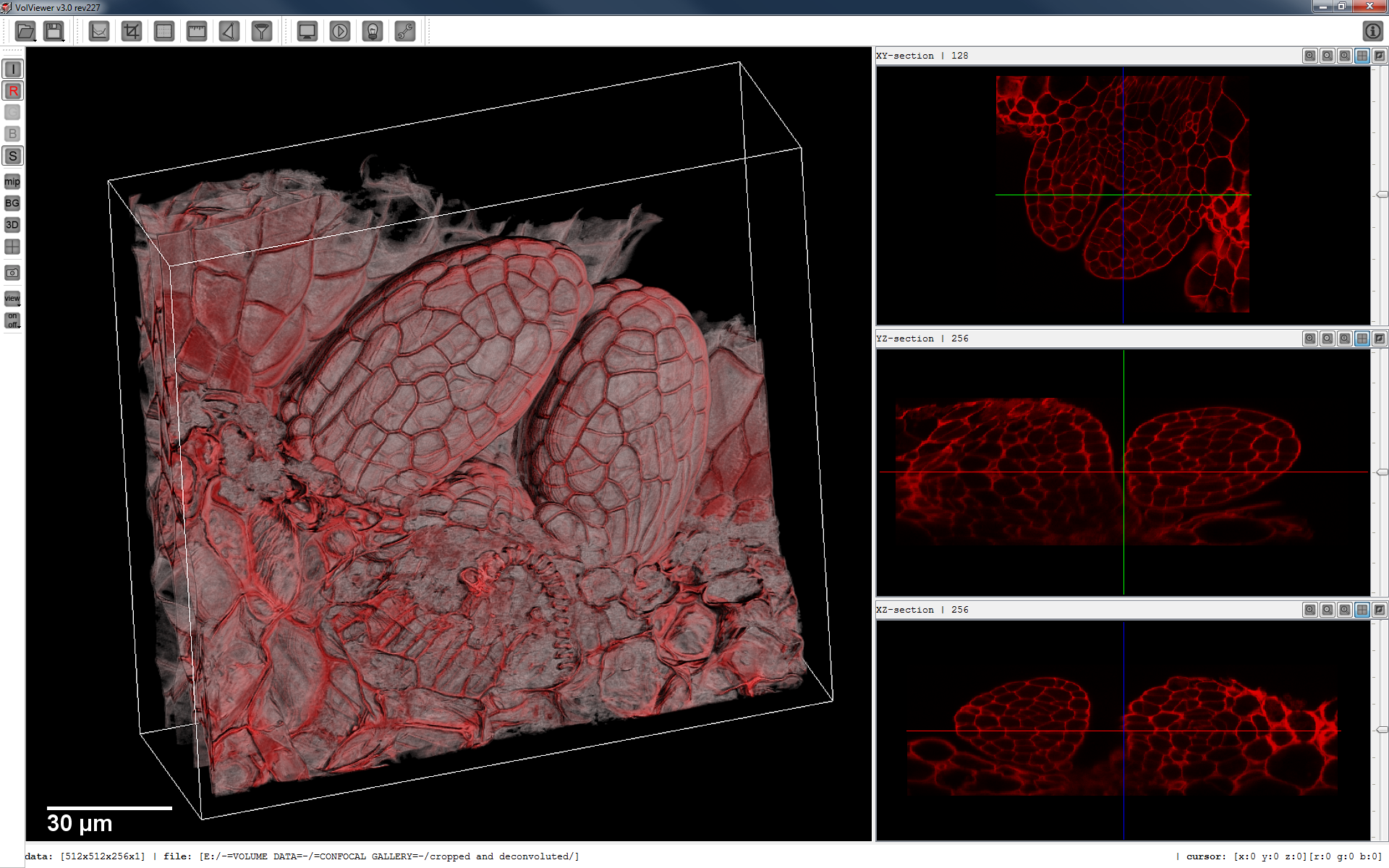
What? VolViewer is used for viewing volume images from, for example, confocal microscopy or optical projection tomography (OPT).
Features:
- Real-time volume rendering using an optimized 3D texture slicing algorithm.
- Interactive transfer functions to independently adjust opacity and intensity for up to three data channels.
- Real-time per channel thresholding, brightness and contrast operators.
- On-the-fly gradient computation for local illumination.
- Iso-surface computation with surface smoothing.
- Section viewing in any orientation / position.
- Real-time volume clipping.
- 3D measurements, filters & segmentation.
- Key frame interpolation for movie export.
- Stereo rendering using either quad buffer or anaglyph mode.
- Scripting interface to other systems, e.g. Matlab, OMERO, etc.
How? It is open source and written in C++ using OpenGL, OpenCL and Qt.
Where? Binaries are available for the Windows, Mac OS X and Linux, see below.
Requirements: An OpenGL 2.1 / GLSL 1.20 compatible GPU with a recomended 512MB of memory.
User Documentation
| Quick Guide | TUTORIALS | Video Demos | SCRIPTING |
Sample Data
 |
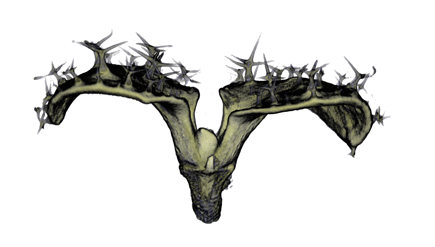 |
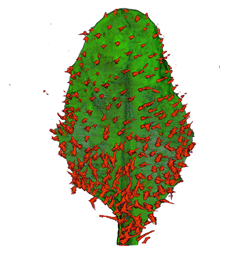 |
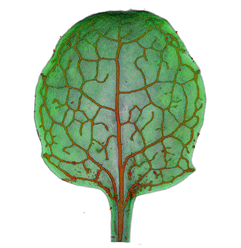
|
| Antirinhium Meristem | Arabidopsis Seedling | Arabidopsis Leaf (GL2:GUS expression in red) | Arabidopsis Leaf (Ath8:::GUS expression in red) |
| Download | Download | Download | Download |
* all data courtesy of Karen Lee [1]
Download
Although we try to keep up to date builds these sometimes lag behind the SVN trunk. So if you want the latest version / features, it is best to build the application from the trunk of the SVN. The build system is based on qmake for easy cross platform compilation.
OpenGL + Qt + OpenCL + LibTIFF + OMERO
| Windows (32bit) | Windows (64bit) | Linux | MacOS X (i386/x86_64/10.5+) |
OpenGL + Qt + LibTIFF
- Coming soon.
Windows Specific Notes
- You may need to install the corresponding Microsoft Visual C++ 2008 Redistributable Package which can be found here: 32bit and 64bit.
- WindowsXP users will need to change the view_gldrawbuffer = "GL_FRONT_AND_BACK" to view_gldrawbuffer = "GL_BACK" in the settings.ini file.
- The binaries are built with OMERO 4.3.4 support.
Source Code
Public SVN: https://cmpdartsvr1.cmp.uea.ac.uk/banghamlabSVN/VolViewer/
Building from source
Image Gallery
Media/Press
VolViewer has appeared in the following:
Front cover: Handbook of Plant Science | Front cover: The Plant Cell | Royal Microscopical Society: Infocus Magazine | Bundled with the Bioptonic 3001 scanner: Bioptonics Viewer | The Guardian newspaper: 3D Fruit fly | Qt Ambassador program | Triffid Nurseries website
Author
- Dr Jerome Avondo Supported by the BBSRC through UEA Computing School and JIC.

